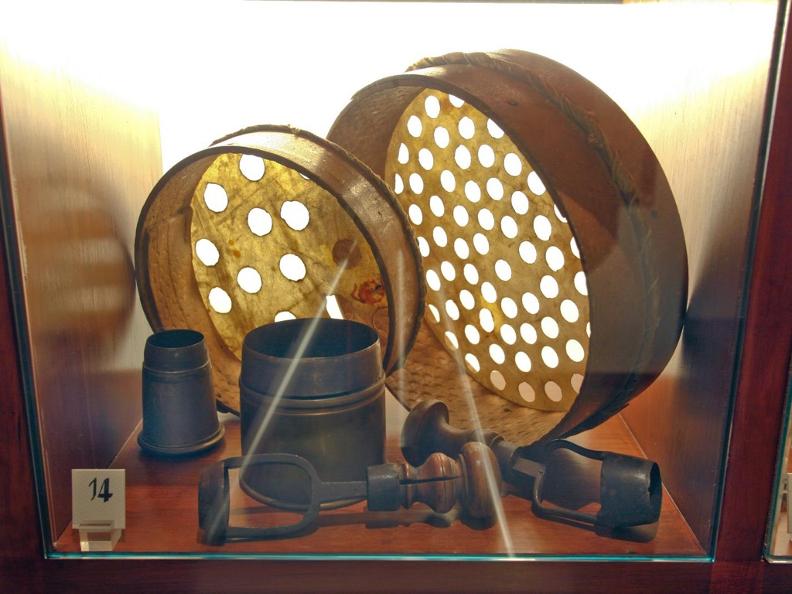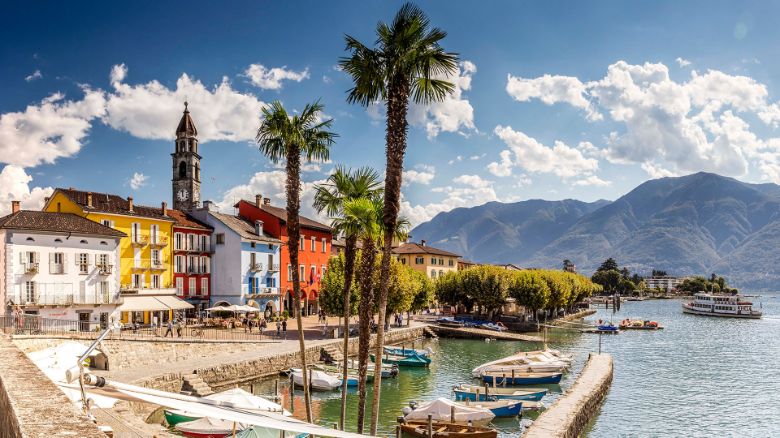
The Museum is beautifully located within the “Convento di Santa Maria” of Bigorio and exhibits objects made by monks over many years. The display gives to the public a unique insight into the lifestyle at the monastery.
The Museum is located within the monastery of Bigorio.
The collection wants to be both a project to preserve what remains and the re-visitation of ancient memories concerning long lost ways of life and this on two levels: the religious one and that of every day life. The rooms create a good distinction between these two aspects. On the one hand, objects evoking religious activity in the double form of liturgy and piety are exhibited; on the other hand, we can observe the various daily occupations of the capuchin friar: this order practiced “labora” (work) together with “ora” (pray) in a multitude of small artisan activities some of which were necessary for survival (like alms begging, horticulture, garment making, looking after the wine cellar and the kitchen) others to occupy leisure time in a non-remunerative activity. They wove cloths, intertwined bags and baskets, built rustic furniture; the most skilled sculpted devotional statuettes in wood and made tabernacles (certain capuchin tabernacles may still be seen in country churches); distillery was also a big activity (that has survived to our day in ratafià), as also, pharmaceutics and medicine; the latter was further favoured by the presence of capuchin friars in the plague epidemics (a sure relic of the past, the series of tooth extraction pliers).
Then there are all the objects having to do with prayer; a nice series of fabrics and metal objects connected to liturgy going from the past centuries to date are present. Penitential instruments and crowns, as also, reliquaries and paintings of saints are all evidence of daily religious practice. Some of these may even be considered veritable works of art such as the great medieval crucifix (a recent purchase) and the Deposition of Christ (whose body is bendable) a truly rare piece. Part of this remarkable material is still in the convent where it still has a vital decorative and devotional function. There’s also an extremely interesting library, in which many books, often signed by the capuchin friars who lived in the convent, tell about the lifestyle that is evoked in the small museum. The visitor will be sure to remark the pictures exhibited inside the church (of an excellent level, especially the Madonna of the High Altar) and the inlay work of the same altar, executed in the 18th Century by Capuchin friars, the wonderful leather works and the unique wooden candleholders.
Notes
- Permanent collection: objects of capuchin origin (household artefacts)
Opening
- Last Sunday of each month 2:00 pm – 4:00 pm
Prices
- CHF 2.–
Features
- OPENING 01.03 - 31.10
- MUSEUMS History museums








.jpg/jcr:content/IMG_7919_tagliata%20(003).jpg)

